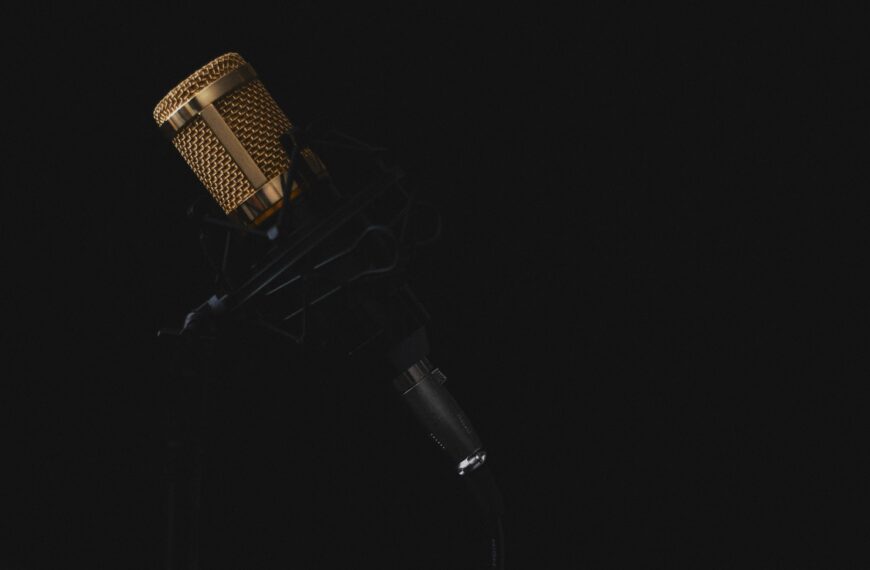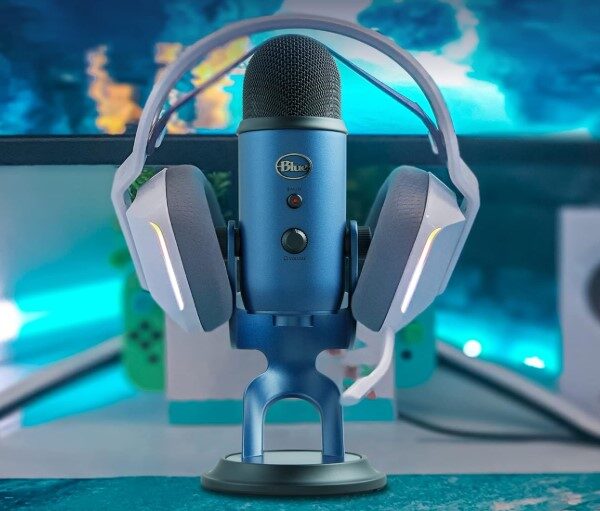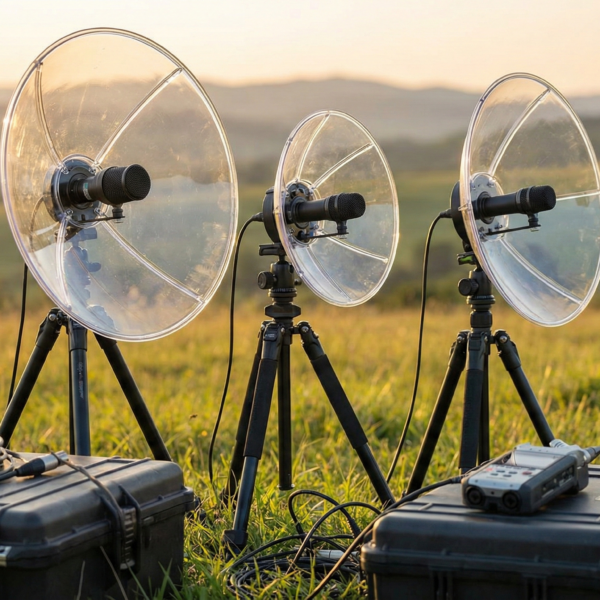Fifine A6T mics… Trust me they are not the cheapest, not the best quality, probably. And while I have encountered the brand before, Fifine might not be as famous as other brands,
but guess what?
It was a superstar on Amazon!
People were buying it like crazy back in January 2024, and even now, it’s still on top.
But why?
That’s what I’m going to figure out! We’ll dig into why Fifine is such a hit. Maybe there’s something special about it that others haven’t noticed yet.
The Case for Fifine A6T Mics
So, why not the Fifine A6T? At just $47 (as of now), it sounds almost too good to be true. With overwhelmingly positive reviews and full compatibility with PC, Mac, and PlayStation, it’s a steal for streamers, podcasters, or even casual gamers who want better audio.
It doesn’t just come with the mic—you get a boom arm, desk clamp, shock mount, and even a pop filter (with a charming little smiley face, no less 😄).
That’s an all-in-one package at a price that competitors struggle to match.
So why isn’t it getting the hype it deserves?
That’s the real question.
Is it marketing, brand perception, or something else?
Maybe Fifine isn’t pouring millions into influencer sponsorships like some premium brands, or maybe people assume a sub-$50 mic can’t be this good.
But when you look at the specs, it tells a different story.
Still, let’s be real—there are some drawbacks.
While the audio quality punches above its price, some users report that it picks up background noise more than higher-end mics like the Blue Yeti or Elgato Wave.
According to a review from RTINGS, the A6T has a good frequency response, but its lack of built-in noise cancellation means you might need software tweaks to get the cleanest sound.
USB mics like this one also have limitations compared to XLR mics, which offer better customization for pro setups.
Yet, if you’re just starting out or need an affordable upgrade, the Fifine A6T is an underdog worth considering.
Maybe it’s time this mic got the spotlight it deserves.
After all,
why pay $100+ when this does 90% of the job for less than half the price? 🤔
The Anatomy of Microphones
At its core, every microphone—whether it’s a $10 budget mic or a $1,000 studio beast—works the same way.
It captures sound waves (those invisible vibrations in the air) and converts them into a mic-level signal—which, fun fact, is so weak that it’s basically inaudible.
That’s where a preamplifier steps in, boosting the signal to a line-level output that humans (and your devices) can actually process.
Finally, an analog-to-digital converter (ADC) transforms those smooth, continuous analog waves into digital data—the 1s and 0s your computer understands.
Without these steps, your voice would be nothing but a faint whisper lost in the tech void.
And here’s the kicker—all this complex magic is crammed into every microphone you use, even if you can’t see the individual parts. 🎤
In USB mics, everything (the mic, preamp, and ADC) is bundled together in a neat plug-and-play package.
But that convenience often comes at a price—smaller components and cheaper materials can mean lower sound quality or limited customization. XLR microphones, on the other hand, separate these stages, giving you better sound control and upgradability—which is why the pros stick with them.
This leads to a huge question: Are integrated USB mics “good enough,” or are you sacrificing too much quality for convenience?
Some tests, like those from Audio Science Review, show that even premium USB mics can introduce higher noise levels compared to professional XLR setups.
But if you’re a beginner, does that difference really matter?
For most streamers and podcasters, ease of use outweighs these technical nuances—at least until you start chasing that broadcast-level sound.
So, the real debate isn’t just USB vs. XLR—it’s about what matters more to you: simplicity or studio-grade audio? 🤔
I mean, if you can make all the necessary pieces so small and so affordable, why does anybody spend the extra on these overkill setups like this one?
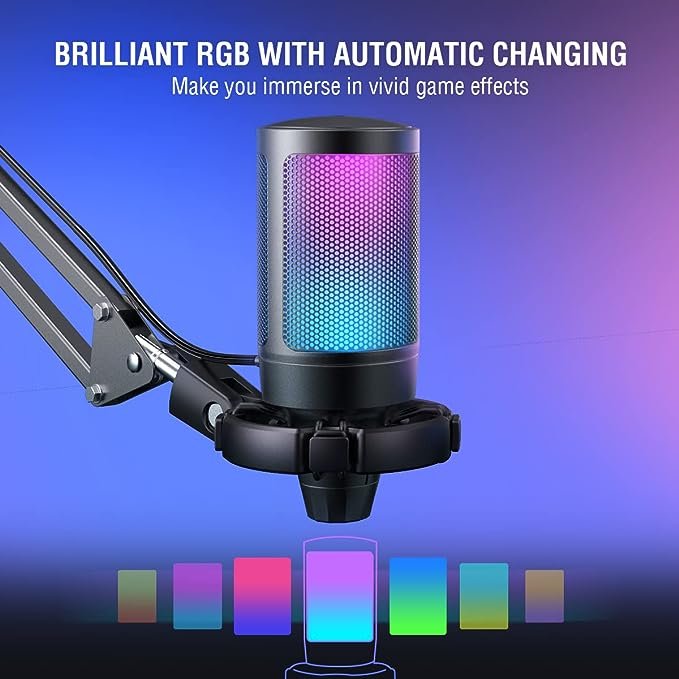
Quality vs. Affordability
- Quality Comparison: The A6T microphone may not match the quality of studio-grade microphones like the one used for the WAN show or the one you’re currently using. However, it’s important to consider that the A6T is often bundled with other accessories, effectively making it a budget-friendly option.
- Fair Comparison: Comparing the A6T to high-end studio microphones might be unfair due to the significant price and performance differences. A more reasonable comparison could be made against basic or entry-level audio equipment, such as old wired earbuds, where the A6T would likely perform better.
- Accessory Package: The A6T often comes with an accessory package, which adds value to the overall purchase. These accessories can enhance the usability and versatility of the microphone setup.
- Performance Comparisons: Deeper performance comparisons between the A6T and other microphones will be discussed later. This could include detailed assessments of audio quality, frequency response, noise handling, and other relevant factors.
- Advantage of XLR Setup: One advantage of a more advanced XLR setup, like the A6T with its XLR option, is its upgradability. XLR setups allow for individual component upgrades, such as upgrading the microphone or audio interface separately, providing flexibility for future improvements.
The Advantage of XLR Setup
Here are the key points about the A6T microphone:
- Dual Connectivity: The A6T microphone has both USB and XLR connectivity options, which provides flexibility for different setups and needs.
- Investment Consideration: Initially, investing in a setup with the A6T might require a larger upfront investment compared to a simple USB microphone. However, it has potential for long-term cost savings.
- Modular Design: One advantage of the A6T is its modular design. If your needs change in the future, you can upgrade or replace either the microphone or the audio interface separately without needing to replace the entire setup.
- Simplicity vs. Quality: Some users prioritize the simplicity of a single USB-C cable over potential quality or future-proofing advantages offered by a more complex setup like the A6T.
- USB-C Compatibility: The A6T utilizes a USB-C connection, which is becoming increasingly common and offers advantages in terms of speed and compatibility with modern devices.
- Quality Assessment: To fully evaluate the A6T, a closer examination of its features, build quality, audio performance, and user experience is warranted.
Review of Fifine A6T Mics
When I first got my hands on the Fifine A6T, I honestly didn’t expect much—after all, it’s a sub-$50 mic. But the moment I plugged it in, I was genuinely surprised.
The voice quality is excellent, delivering clear, crisp audio that easily competes with pricier options.
The silicone isolating bands in the shock mount do a great job at reducing vibrations, something you don’t always see in budget mics. 🎙️
However, the included boom arm is where the budget compromises start to show. It works fine for casual users, but it feels a bit flimsy, much like the $20 standalone arms from generic brands on Amazon.
If you’re planning to use this mic professionally, upgrading the arm would be my first recommendation. According to an analysis by Podcast Insights, professional-grade boom arms like the RODE PSA1 or Blue Compass offer far better durability and smoother movement.
That said, considering the entire Fifine A6T package costs less than one of those premium arms alone, it’s hard to complain too much.
For the price, this mic delivers incredible value, especially for beginners, streamers, or podcasters who don’t want to break the bank.
But if you’re looking for long-term, professional use, expect to make a few upgrades down the line. Would I buy it again? Absolutely—but with a better arm! 😉
Build Quality
The mic feels quite a bit cheaper than it looks in the pictures, actually. It’s shockingly light. While it may not meet expectations in terms of weight and build quality, its functionality is praiseworthy.
Exceptional Sound Quality
The microphone captures clear and crisp audio which provides professional-grade sound suitable for streaming, recording gameplay videos, and online gaming sessions. It enhances engagement for both the user and their audience.
Side Address Design
The A6T microphone contains a side address design, meaning you speak into the side of the microphone rather than the top. This design is complemented by the pop filter, which only attaches in one orientation, ensuring correct placement.
Boom Arm Performance
The included boom arm effectively keeps the microphone in place, but its lightweight construction creates concerns about its durability over time.
Accessories and Cable Ties
While cable ties are included with the A6T microphone, they may not meet expectations. I think Upgrading to better cable ties might be necessary for a more secure cable management solution.
Ease of Setup
The FIFINE USB Microphone is plug-and-play, requiring no complicated setup or additional drivers and is accessible for users of all levels of experience which makes it a hassle-free option for everyday use.
No additional apps are required; simply plug it in, and the RGB lighting confirms its activation.
However, the inability to customize or disable the RGB lighting without muting the microphone may be a drawback for some users.
Mute Button Convenience
The microphone features a built-in mute button for added convenience and control. It allows instant muting without disrupting the flow of content during live streaming or quick breaks.

Long-Term Durability
Despite its affordable price of $50, the microphone has been reliable over a span of two years and serves well for everyday PC use, chatting, gaming, and streaming.
Noise Suppression Considerations
The microphone lacks custom software for noise suppression which may lead to picking up background noise, such as mechanical keyboard sounds. However, this can be addressed using third-party software like OBS audio filters or Discord’s built-in noise suppression.
Overall Value
Despite minor issues with noise suppression, the microphone’s quality, convenience, and affordability make it a highly recommended option, specially if you pair it with additional filters for improved performance.
Performance Comparison
- Gain Control: The A6T microphone features a large knob on the bottom for adjusting gain. However, the indicator for gain level is inconveniently positioned and doesn’t accurately correspond to the position of the knob, potentially making gain adjustment less intuitive.
- Software Support: The A6T microphone lacks dedicated software, meaning there are no official drivers or apps provided. Consequently, there is no support for features like VST plugin integration for effects such as noise gates or compressors, nor is there support for audio mixing.
- Windows Volume Slider: Adjusting the volume slider on Windows does not affect the A6T microphone when using default drivers.
- Limitations: The absence of official drivers and software features might be seen as a drawback for users who rely on advanced audio processing or customization options.
- Workarounds: Despite the limitations, alternative solutions are there for audio processing needs. These solutions demonstrate that while certain features are lacking, they may not be critical if the microphone’s performance meets expectations.
- Performance Evaluation: To assess the microphone’s performance, it’s important to test its capabilities in various challenging scenarios which will help users to make informed judgments about its suitability for their needs.
Comparison with Blue Yeti
- Blue Yeti Comparison: The Blue Yeti microphone, though costing about twice as much as the Fifine A6T and coming with fewer accessories, produces a sound quality that is similar to what you will hear from the A6T.
- WAN Show Sound: The sound quality you typically hear on the WAN Show serves as a reference point for comparison. This reference provides context for understanding the performance of the A6T and other microphones.
- Evaluation: Despite any limitations or differences in sound quality, the A6T microphone is considered to sound “pretty darn okay” by the speaker. This subjective assessment suggests that.
- Personal Opinion: The A6T may offer satisfactory performance for its price point and intended use. My assessment is based on personal opinion and experience, rather than extensive laboratory testing or technical analysis.
Performance Results with Dayton Audio EMM6
Reference Microphone: The Dayton Audio EMM6, a calibrated omni-directional microphone, serves as the reference for comparison.
- Frequency Response: In case of frequency response, the A6T performs surprisingly similarly to other USB microphones. However, there is a noticeable drop in a certain range, indicating a slightly darker sound profile compared to some other models.
- Comparison with Elgato Wave: The Elgato Wave stands out as an outlier, producing a brighter sound profile. However, this brightness comes at the cost of picking up more sibilance, particularly harsh “S” and “ss” sounds.
- Overall Performance: Despite some variations in sound profile among the compared microphones, the differences are not substantial. The field is close enough that there isn’t a huge disparity in performance from the worst to the best USB microphone options considered.
- Consideration for USB Microphones: If considering a USB microphone, the performance differences among various models may not be significant enough to warrant a clear preference. Therefore, factors such as price, features, and personal preferences should also be taken into account when making a decision.
Comparison with Higher-End XLR Microphones
And believe it or not, I kind of see the same thing when I compare it even to higher end XLR microphones. Compared to an Electrovoice RE20, a mic that costs literally 10 times as much as this entire complete solution, the on paper results are shockingly close. And in the real world, the RE20 is better, but it’s certainly not 10 times better. However, that is under somewhat ideal conditions. Better microphones can have advantages that go beyond frequency response. Like for example, background noise rejection. If you’re alone in a room hanging out with your friends on Discord, you do not need a $450 mic, this is great.
Polar Patterns
That being said, frequency response does play a crucial role in audio quality, and in some cases, it tells a huge part of the story.
Take the third-gen AirPods as an example—they struggle in the high frequencies, possibly due to limitations in Bluetooth bandwidth or Apple’s noise cancellation algorithms.
Yet, in real-world use, they still sound decent, thanks to Apple’s aggressive tuning and computational audio.
But then there’s the wired EarPods, which have an entirely different problem—a noticeable dip in the vocal range, making them sound muffled in comparison.
If you’ve ever wondered why your voice recordings or calls sound less clear with them, that’s why.
You can somewhat improve this by clipping the mic closer to your mouth, but at the end of the day, it’s still an omnidirectional mic, meaning it picks up everything—your keyboard clicks, your mouse movements, and yes, even your mom yelling at you to get off the computer. 😅
This is where microphone directionality and noise isolation matter just as much as frequency response.
A cardioid or directional mic would do a far better job at isolating your voice and cutting out background noise, while higher-end Bluetooth codecs like aptX or LDAC could theoretically fix the AirPods’ high-end limitations—but Apple remains stuck with its AAC codec, which isn’t exactly audiophile-grade.
So, while frequency response graphs tell part of the story, real-world use and mic design often matter just as much.
After all,
what’s the point of great frequency response if your mic still picks up every loud keyboard smash and background conversation? 🎤😆
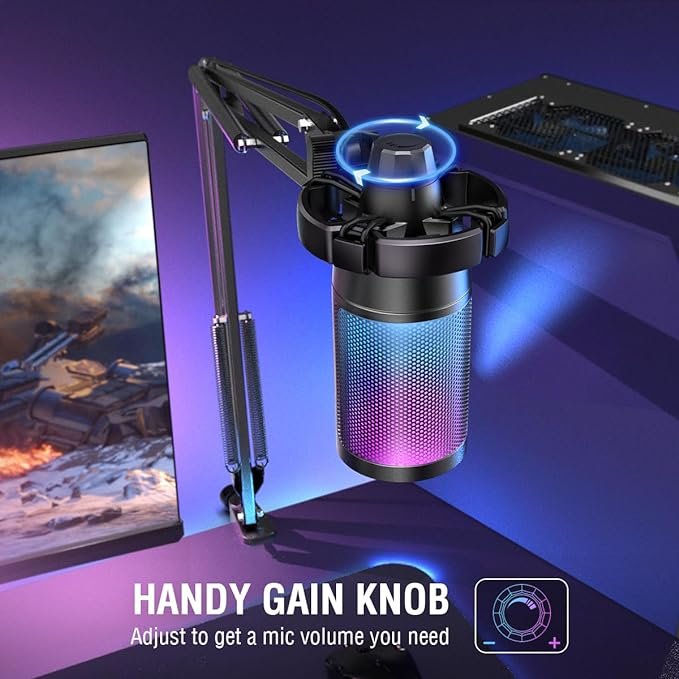
User Reviews
This green line is sounds coming directly to the front of the A6T.
And this drop shows that it’s rejecting some sounds that are coming in at 90 degrees and a little bit more at 180 degrees.
So it is,
in fact,
a cardioid microphone.
However, for reference, this is the polar pattern graph of the Electrovoice RE20, which has better rejection, particularly at higher frequencies.
So from the evaluation, the Fifine isn’t the best thing around, but especially for the price, it’s a pretty Fi-fine.
Or at least our unit is, out of the box.
While Amazon reviews tend to get gunked up with spam, they can also be a way to glean useful, longer-term information about a product.
Customer Feedback
- Five-Star Reviews: Most five-star reviews praise the sound quality of the A6T, with some users stating that it exceeded their expectations or labeling it as the best budget microphone they’ve used. Overall, positive feedback regarding sound quality aligns reasonably well with the microphone’s price point.
- Four-Star Reviews: Feedback in the four-star category mainly revolves around issues unrelated to sound quality, such as the clamp feeling cheap, the gain knob being finicky, or the lack of RGB customization. Despite these minor complaints, there are no significant complaints about audio quality, indicating overall satisfaction with the microphone’s performance.
- Three, Two, and One-Star Reviews: Negative feedback in these categories highlights concerns about the durability and reliability of the A6T microphone. Several users report that their units stopped functioning after only a few weeks or months of use, raising red flags about product quality and longevity. Additionally, there’s mention of a lack of discussion about customer service, with only a few positive comments and one complaint about non-responsive support.
Final Thoughts
It’s not a lot of money, considering the package, but it is your money, so the choice is yours. Do you go with a reputable brand for a significant upcharge, or do you buy something that costs half as much knowing that, well, you might need to get another one shipped to you.
Into Podcasting? Podcasting is a different game, and without a precise blueprint, the game will get tougher midway. Grow your podcast from scratch with Zero Audience and learn about how successful podcasters cracked the code by winning our Free Guide with step by step Guidelines.
Get your complete podcast equipment setup by visiting Podcast Equipment Bundle. Get in touch with podcasting services and experts those will save you tons of time at Podcast Production Services.
With that being said, Let’s connect with all such free and paid tool/services you might need knowingly or unknowingly to fuel your growth. Here’s 21 BEST AI TOOLS AND PLATFORMS TO GROW YOUR PODCAST AND CONTENTS. There are some bonus tools in the end too to make your day to day life easier.
There are some affiliate links on this page that will redirect you directly to the original products and services. Also by buying through those links you will be supporting us. So thank you ^.^
Related Posts
- Best USB Microphone Models Under $150
- Best Microphone Under $100
- Best Dynamic Microphone for podcasting
- Best USB Mic for beginners – Blue Yeti USB Microphone vs Fifine XLR USB Dynamic Microphone
- Dynamic vs Condenser Mic
- Best Under $100 Condenser Mic
- Best of the Most Expensive Microphones to Buy
- Best Magnetic Mics
- Different Types of Microphones and Their Features
